
Astronomers have created a galactic masterpiece: an ultra-detailed image that reveals previously unseen features in the Sculptor galaxy.
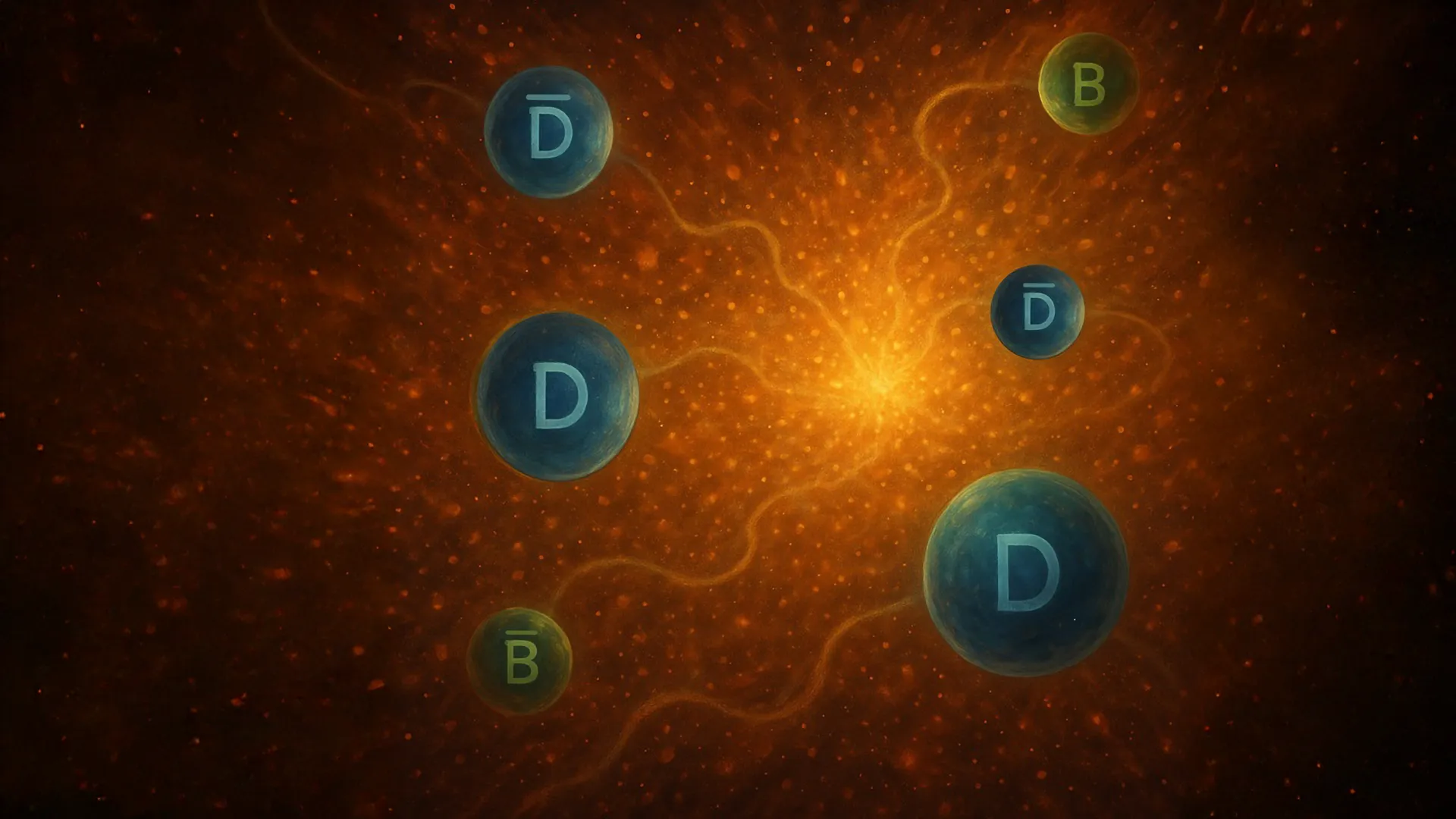
Smashing atomic nuclei together at mind-bending speeds recreates the fiery conditions of the early universe and scientists are finally getting a better handle on what happens next.

Today, the European Space Agency's Proba-3 mission unveils its first images of the Sun's outer atmosphere - the solar corona.
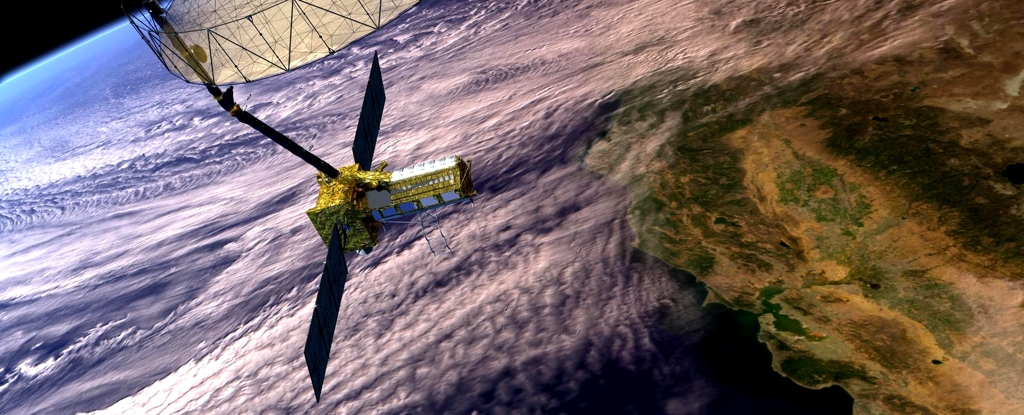
In a few days, a new satellite that can detect changes on Earth's surface down to the centimetre, in almost real time and no matter the time of day or weather conditions, is set to launch from India's Satish Dhawan Space Centre near Chennai.
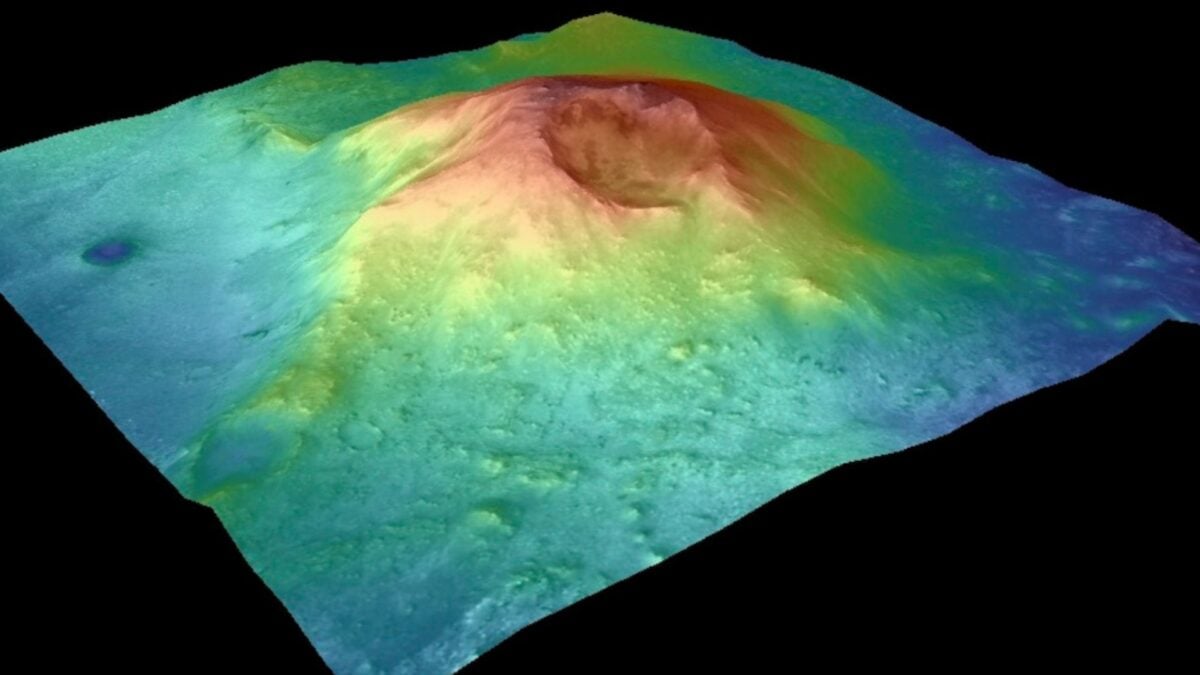
The researchers posit that the volcano could have supported conditions favorable for life in the once-watery Jezero crater.

A new panorama from NASA’s 2001 Mars Odyssey orbiter shows one of the Red Planet’s biggest volcanoes, Arsia Mons, poking through a canopy of clouds just before dawn.
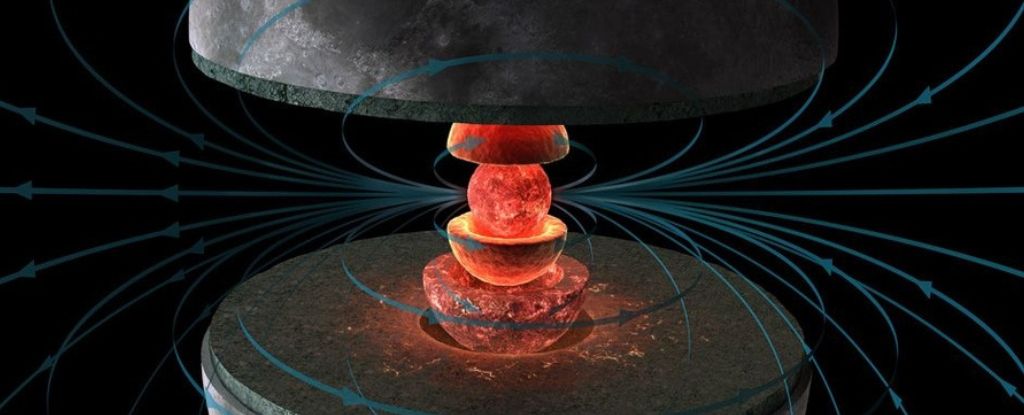
Unlike Earth, the Moon doesn't have much of a magnetic field – and yet, a strange pile of rocks on the far side seems mysteriously magnetized.

Astronomers have used Fast Radio Bursts (FRBs) to show that more than three-quarters of the Universe's ordinary matter has been hiding in the thin gas between galaxies.
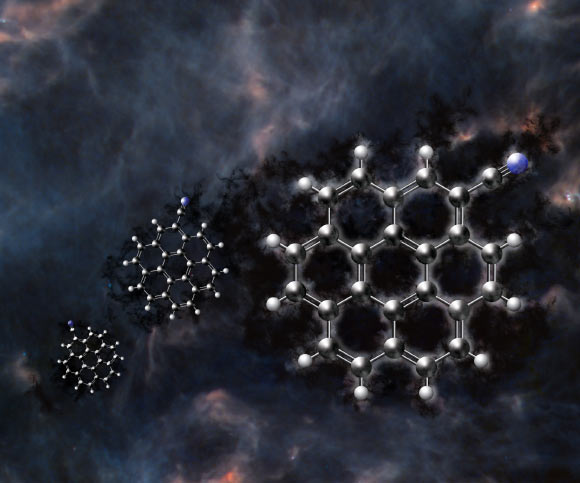
Astronomers have detected cyanocoronene (C24H11CN) - the largest PAH ever detected in space - in the starless cloud core TMC-1, which is part of the interstellar Taurus Molecular Cloud.
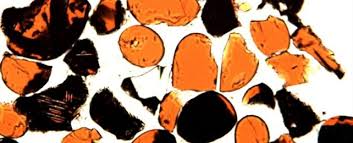
Scientists uncover secrets of lunar volcanic activity from ancient glass beads collected during Apollo missions, revealing the Moon's fiery history.
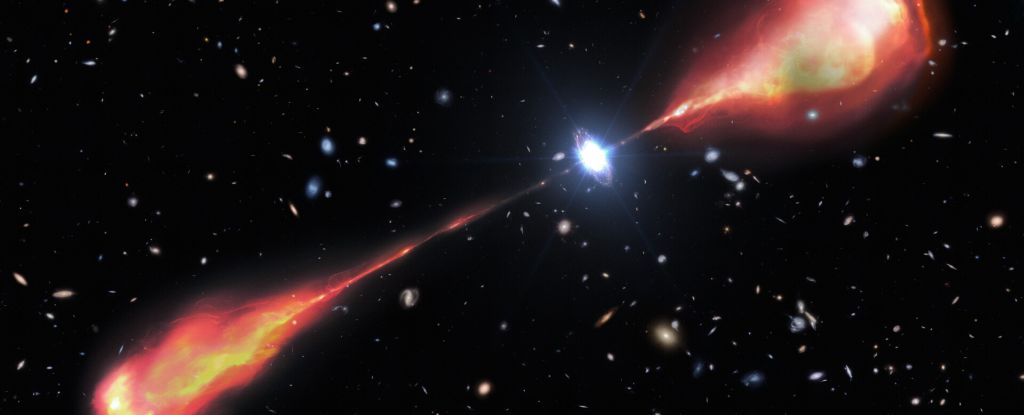
A supermassive black hole in the early Universe has been spotted blasting out powerful jets of plasma that are at least twice as long as the Milky Way is wide.
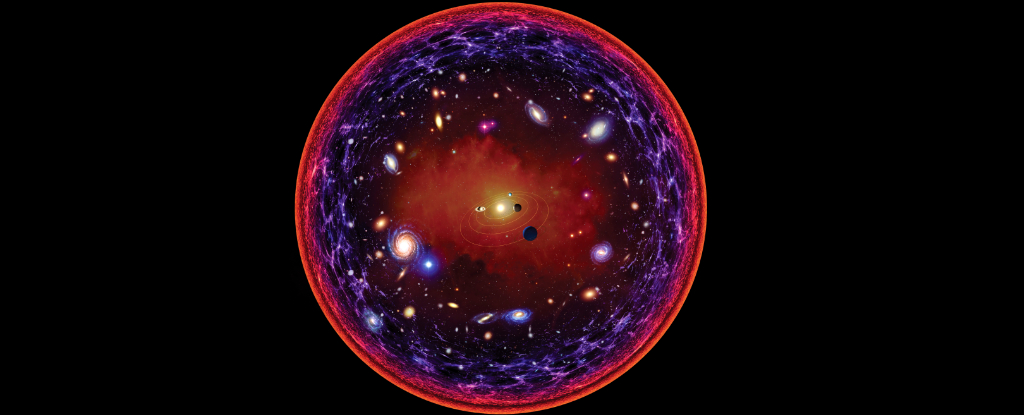
It's hard to imagine something as big as the Universe not having a center at all, but physics says that's the reality.

Astronomers using the James Webb Space Telescope have captured breathtakingly detailed images of two giant exoplanets orbiting a distant sun-like star.

Dark matter affects how stars move within galaxies, how galaxies build up over time, and how everything in the universe is held together - but no existing tool has directly detected it. While dark matter does not reflect, absorb, or emit light, it can still be indirectly observed by telescopes.

Astronomers have discovered the largest known cloud of energetic particles surrounding a galaxy cluster - the 20-million-light-year-wide cloud around the galaxy cluster PLCK G287.0+32.9.